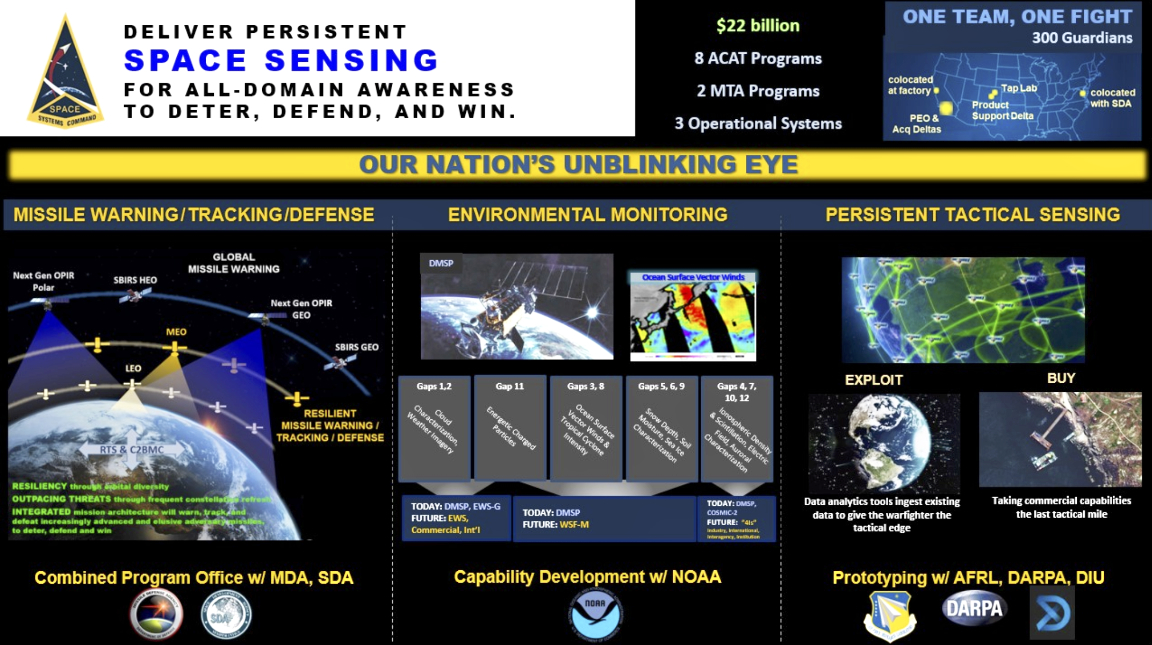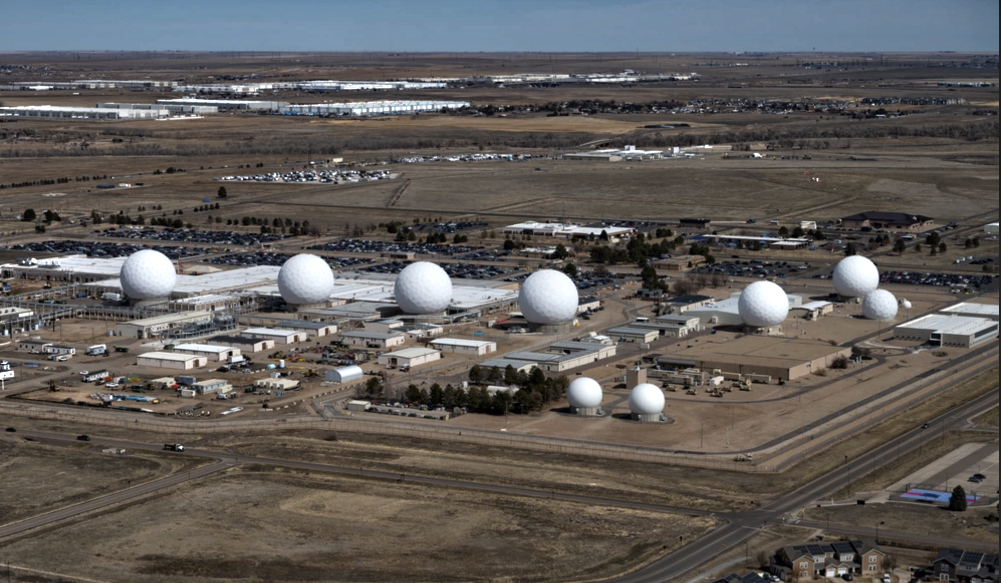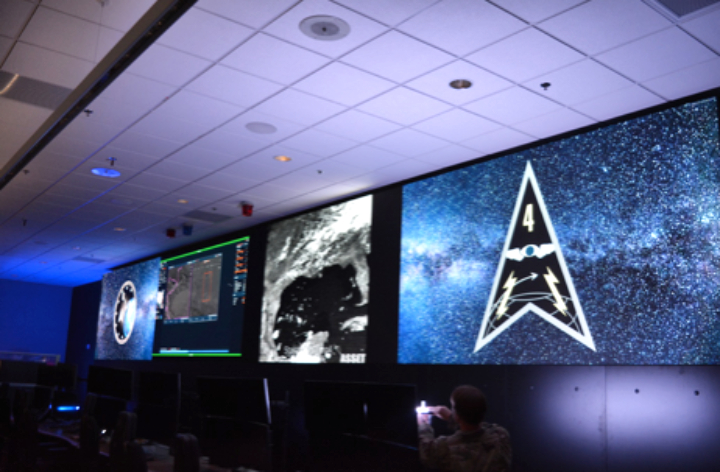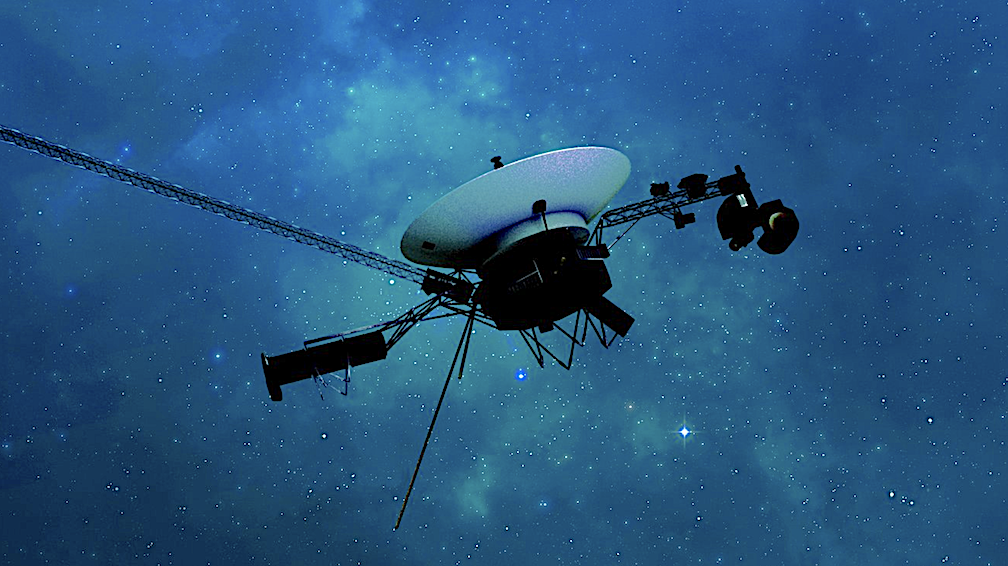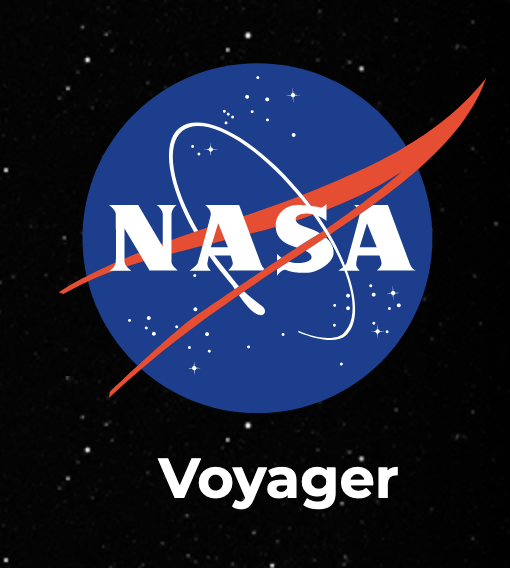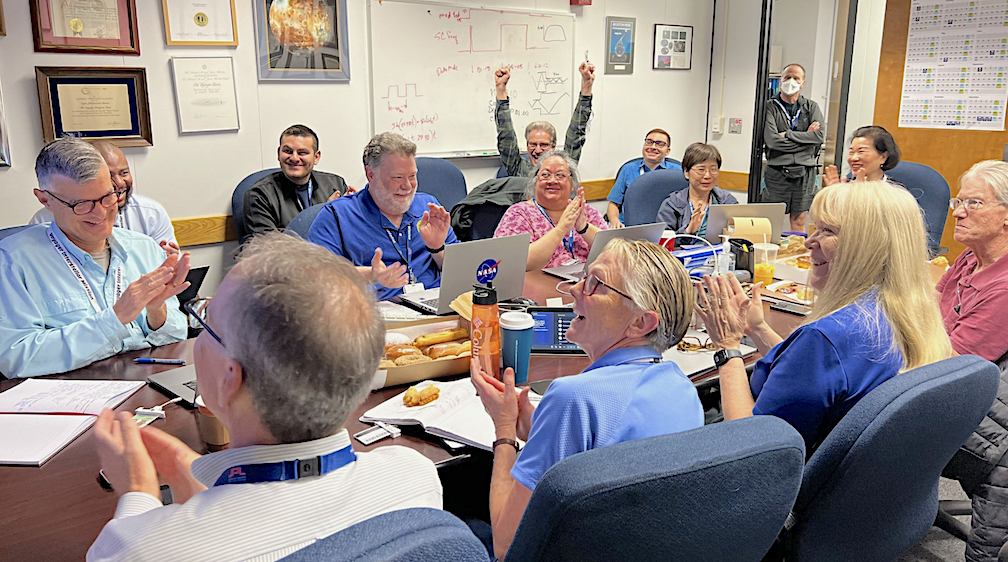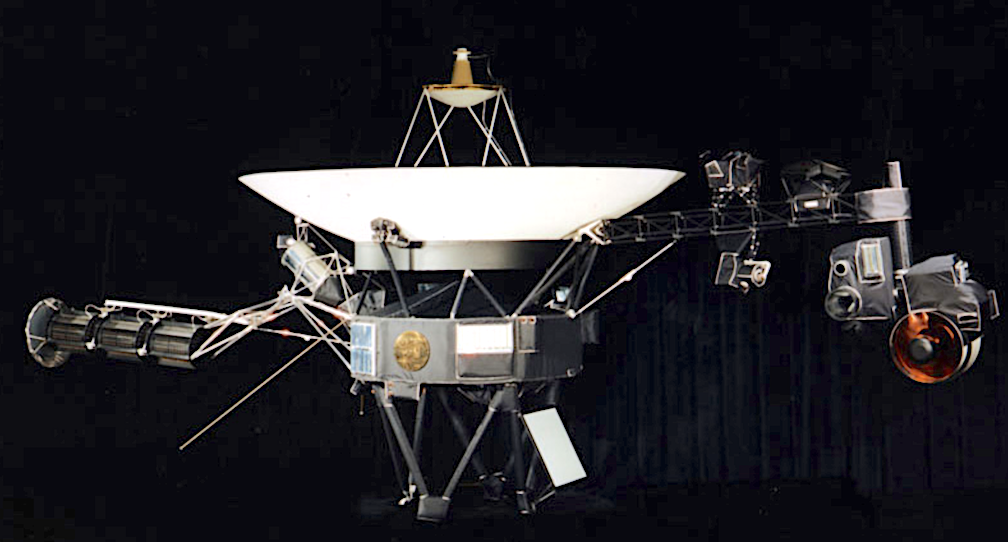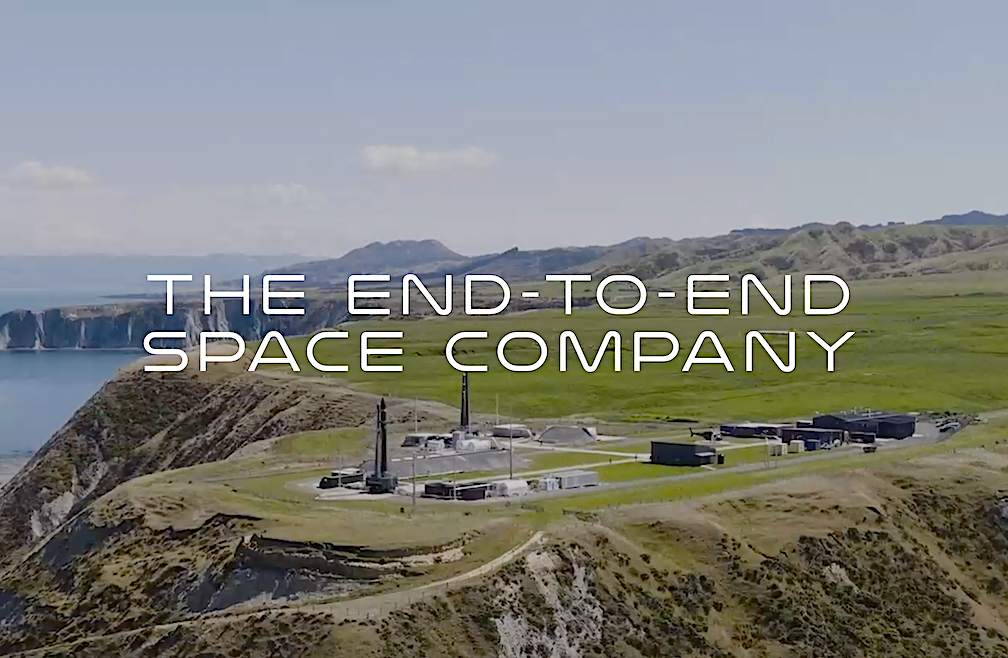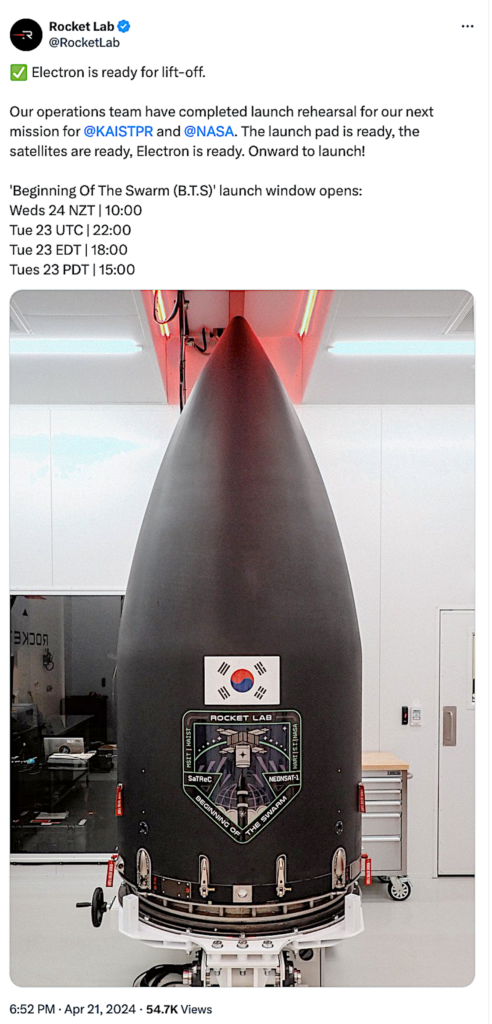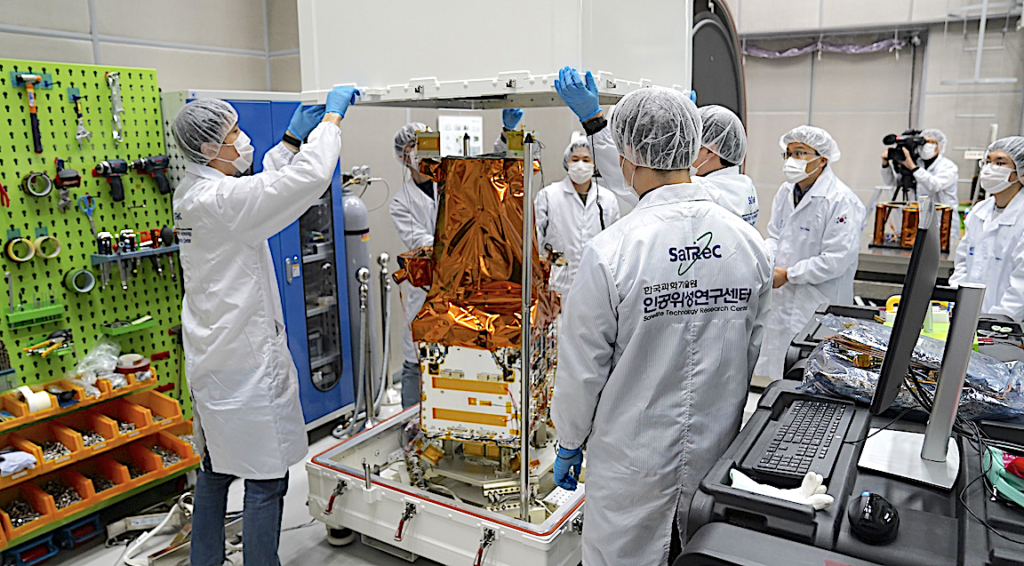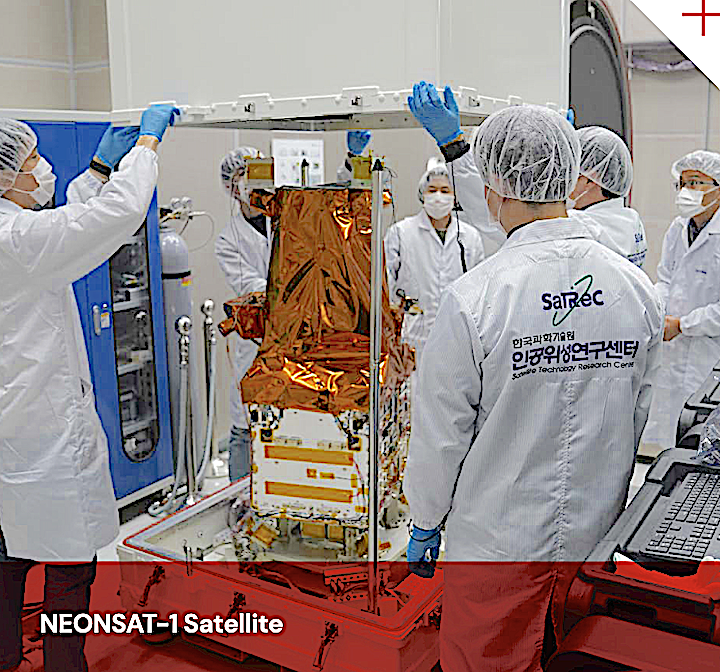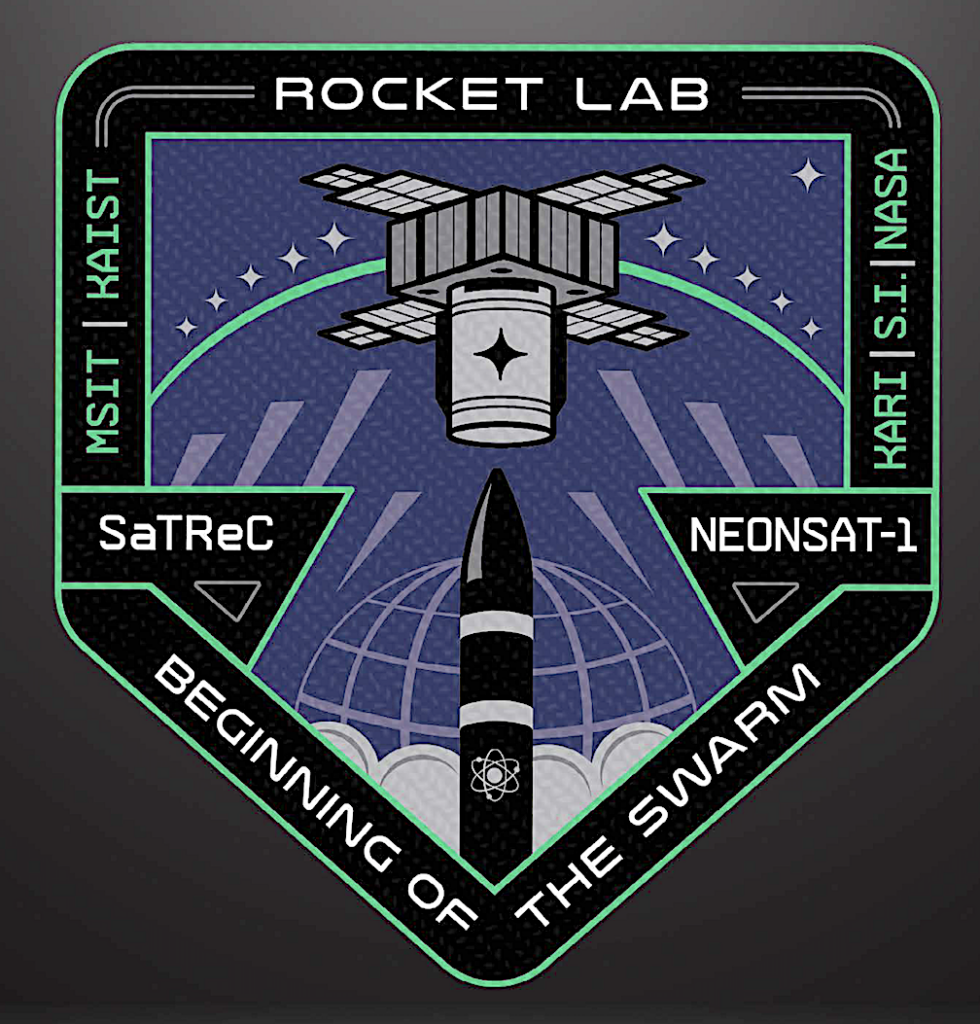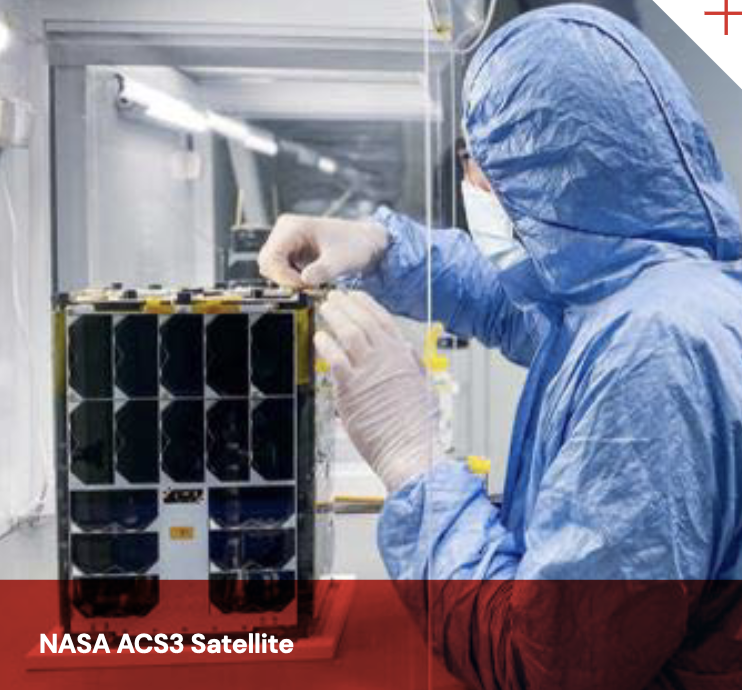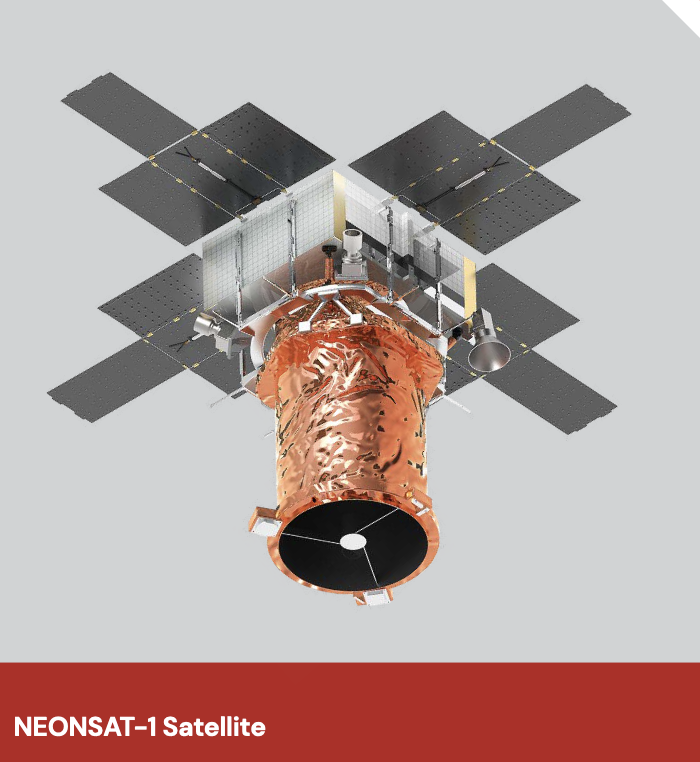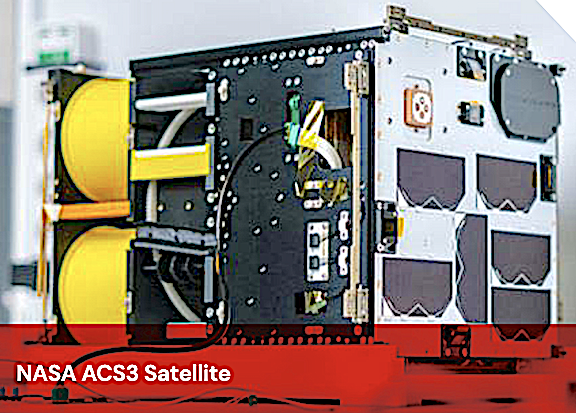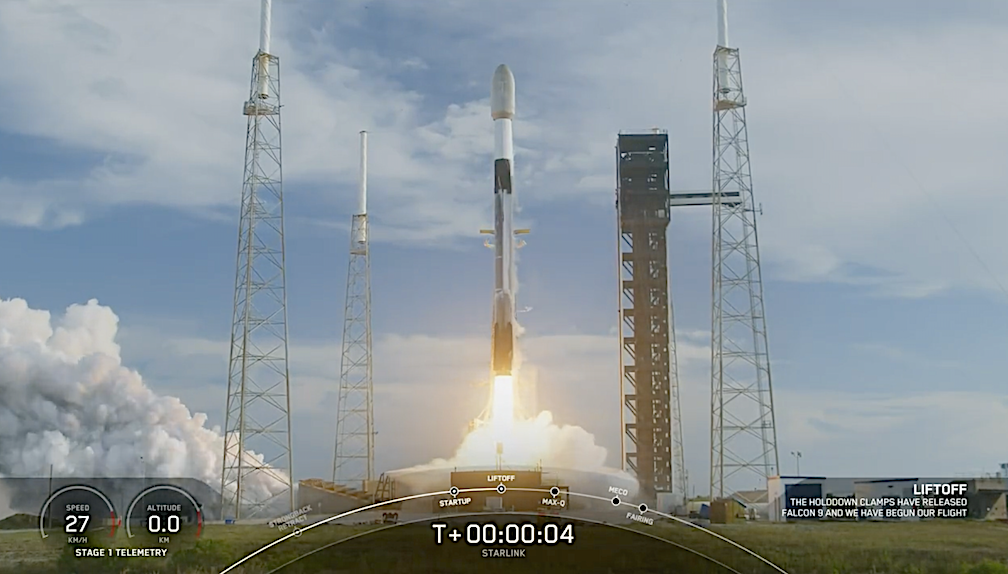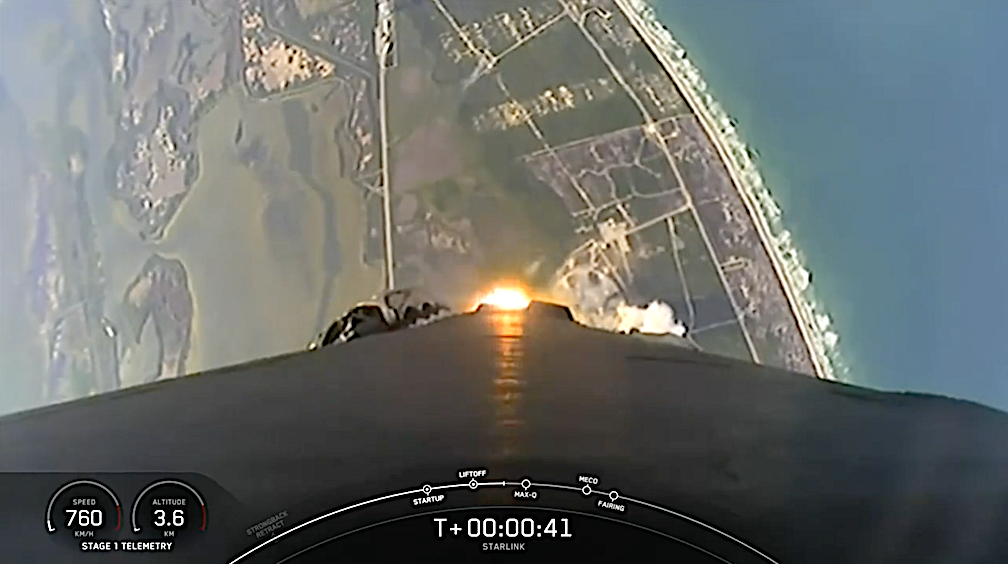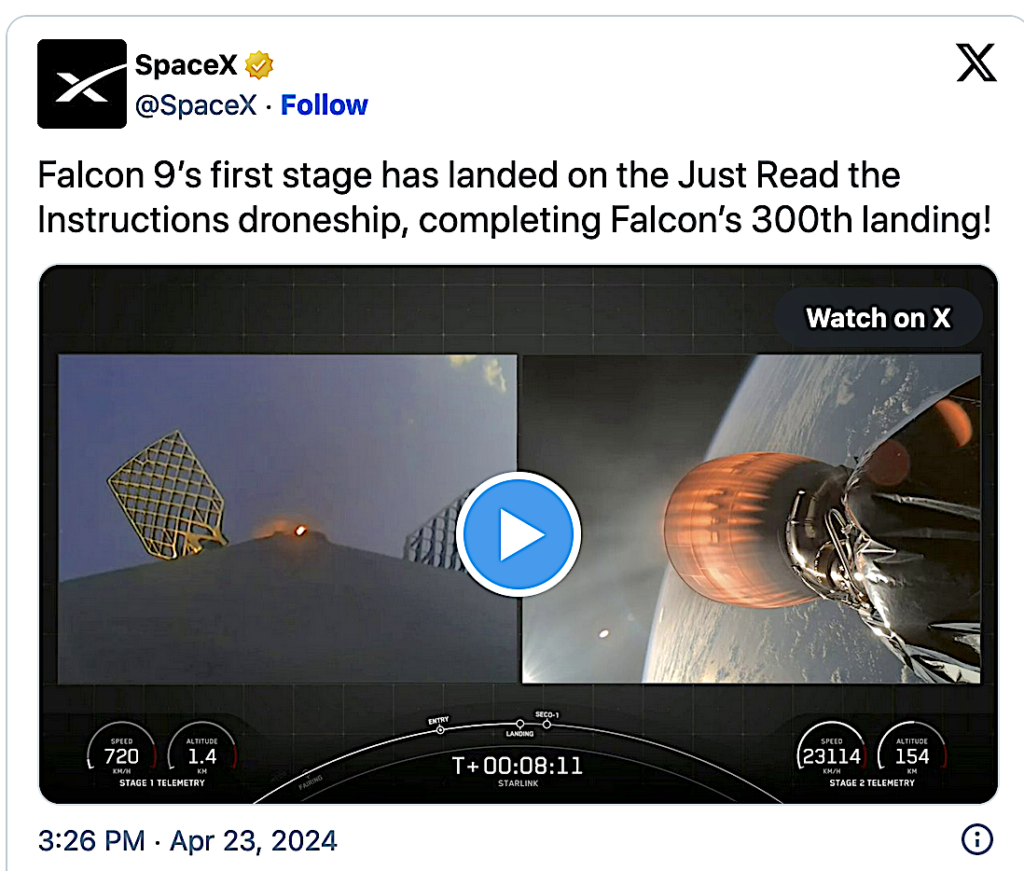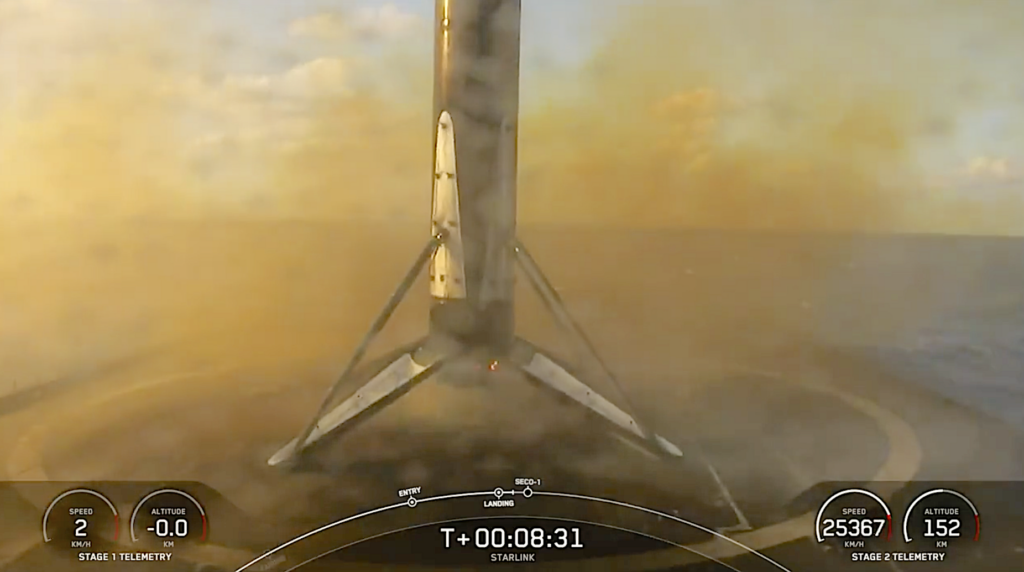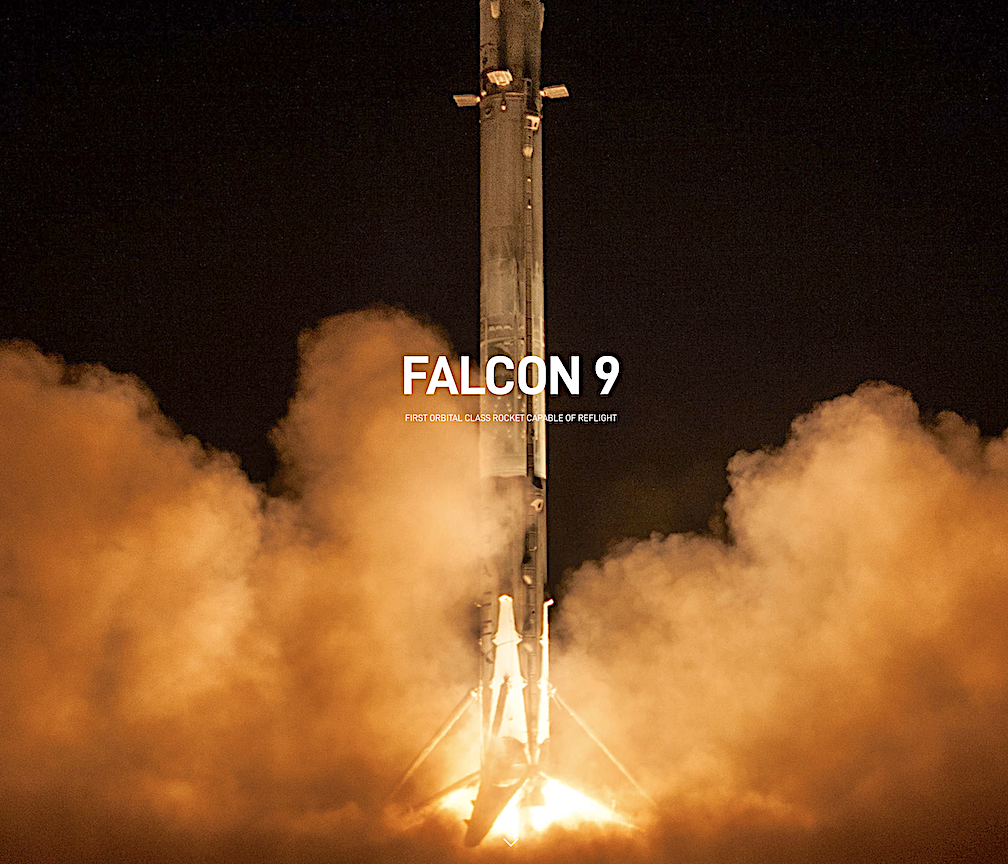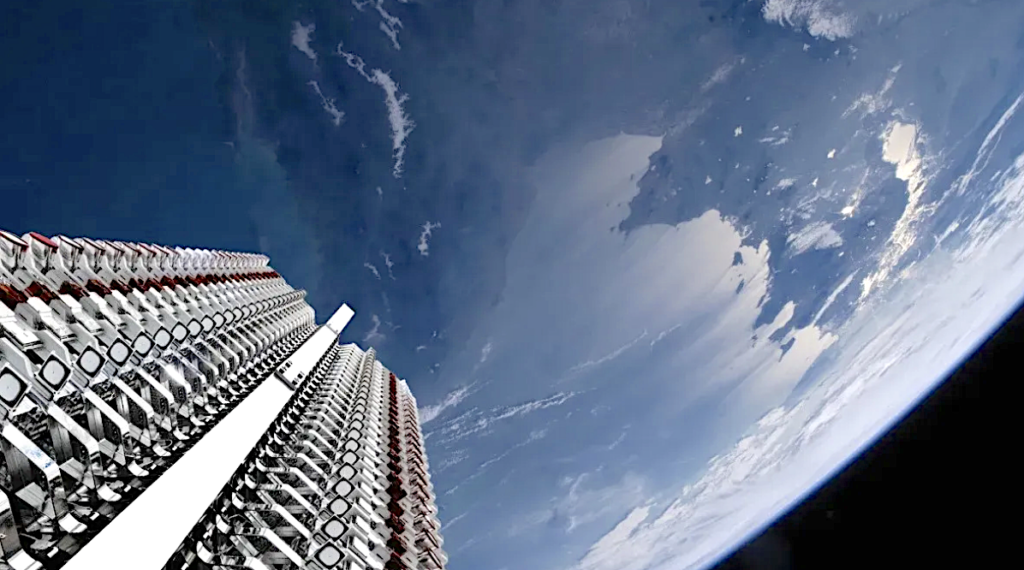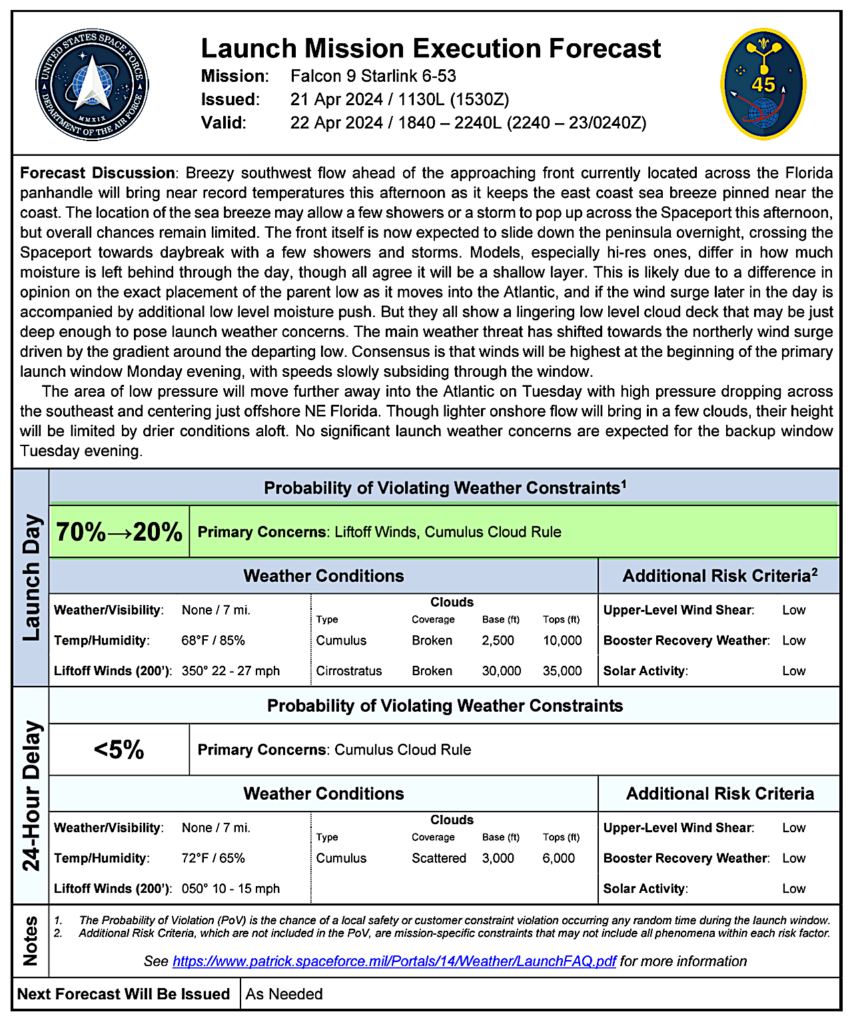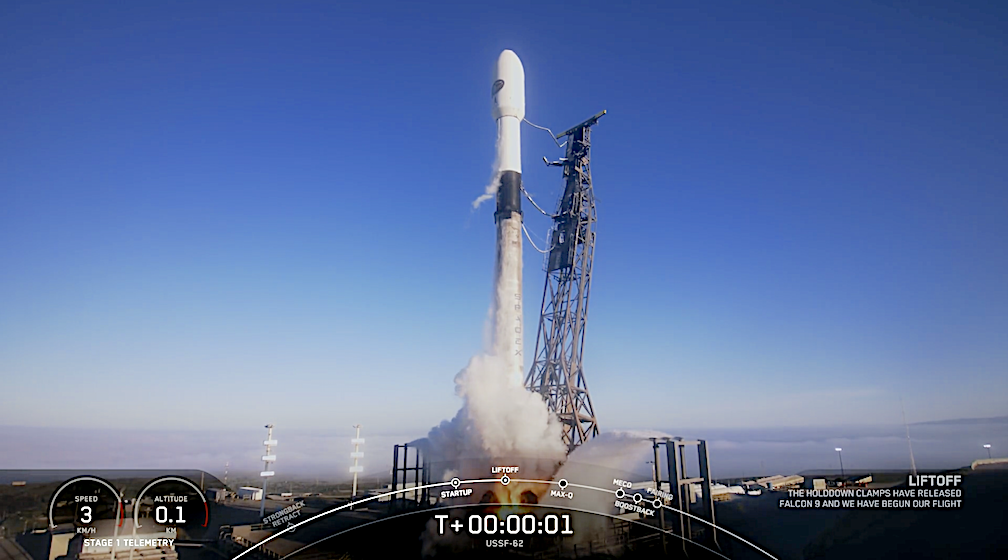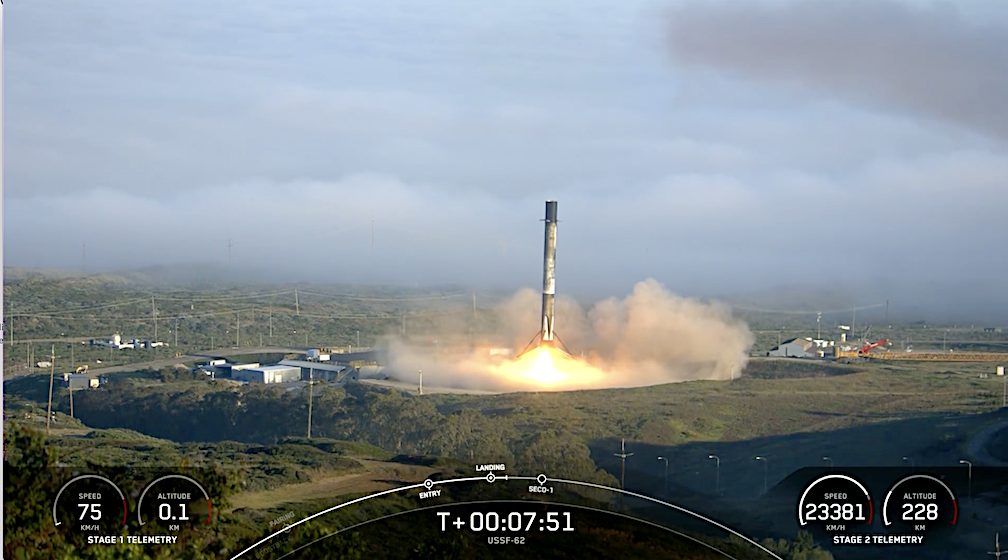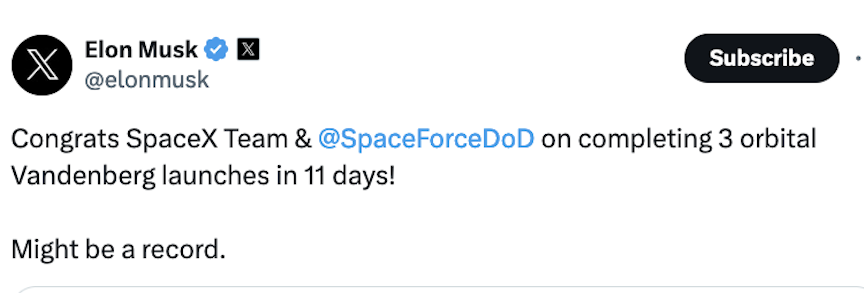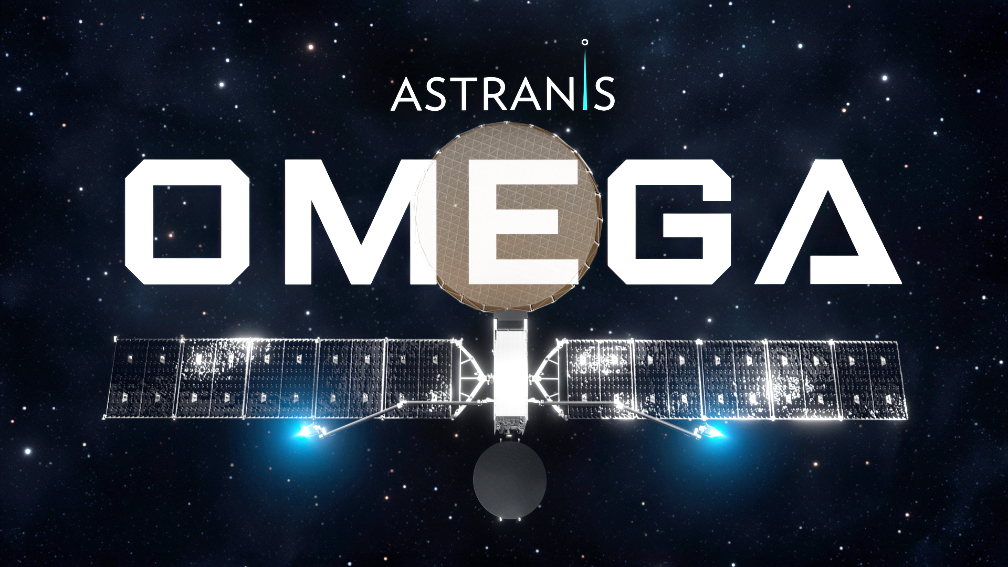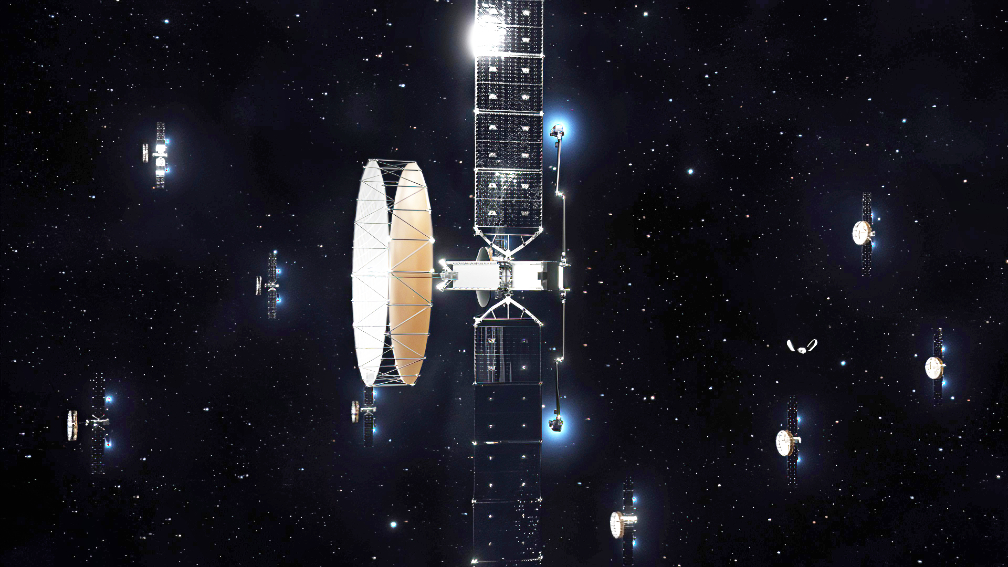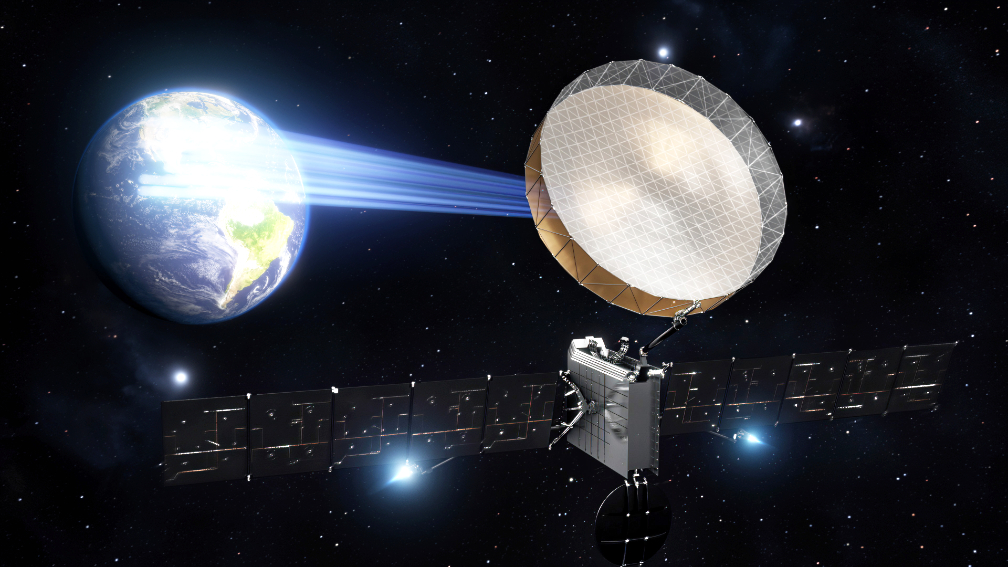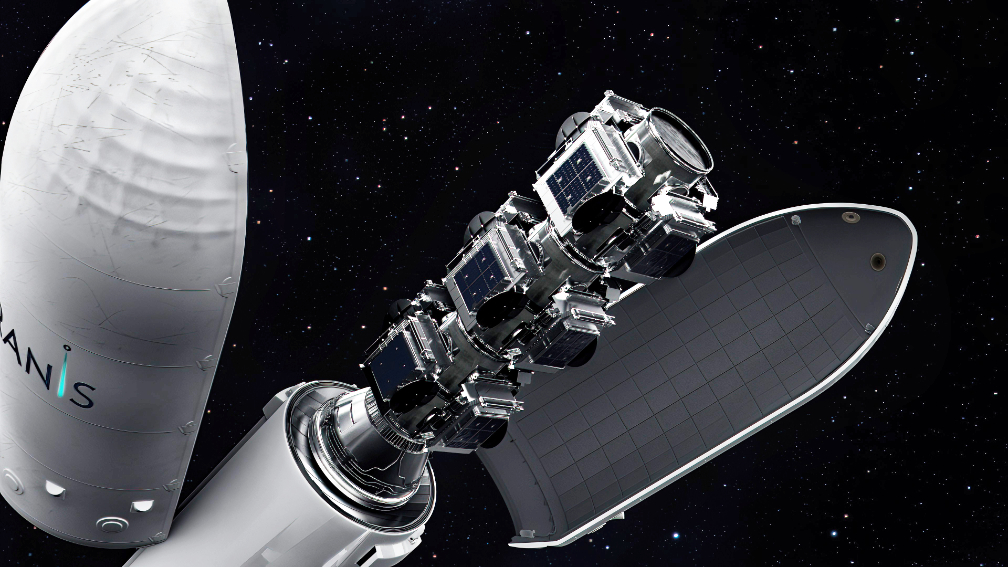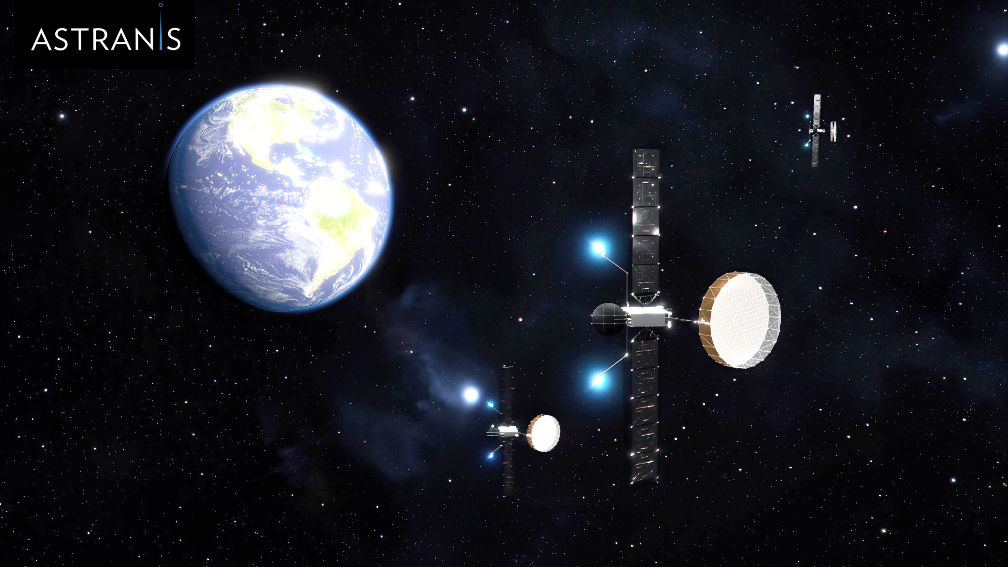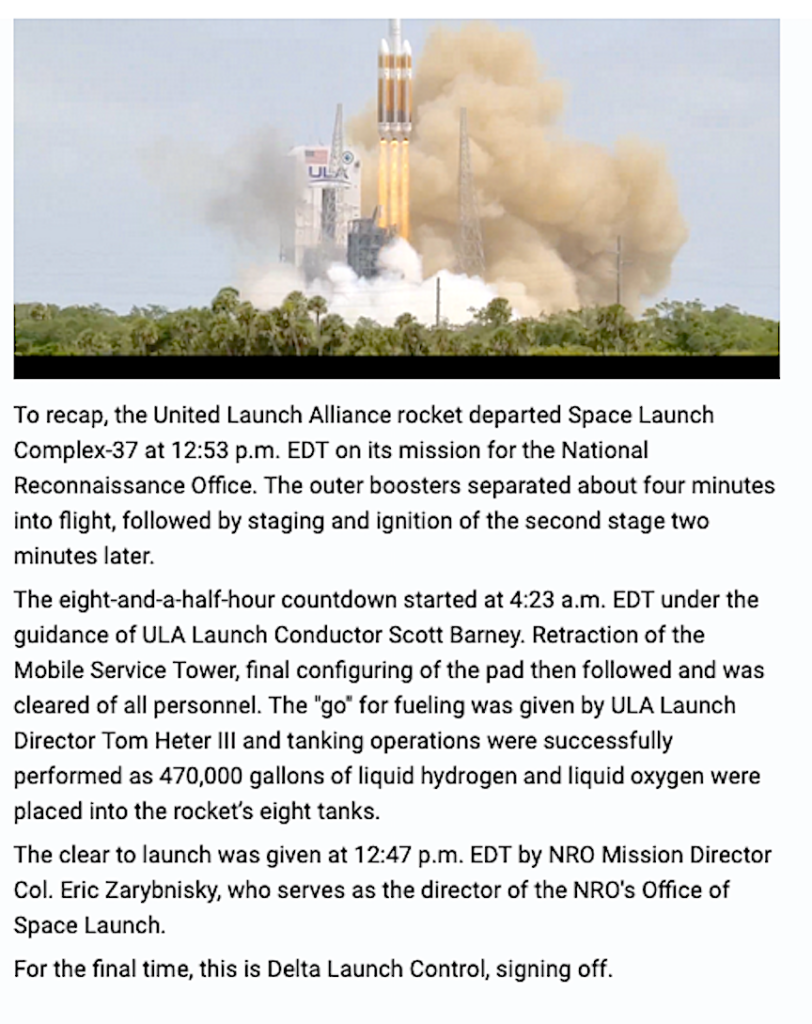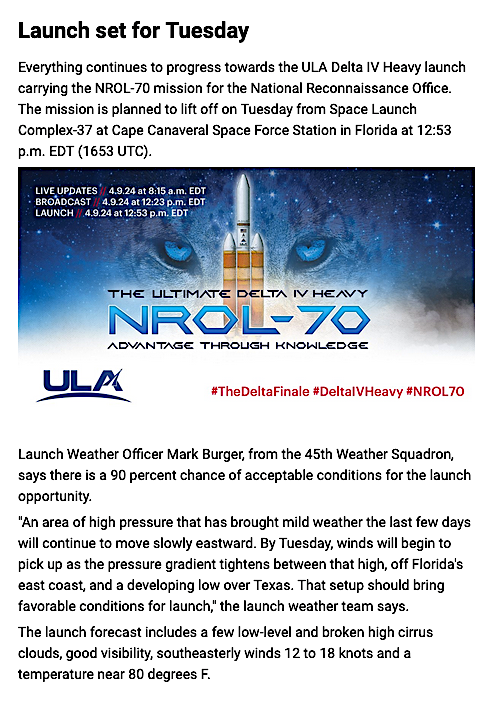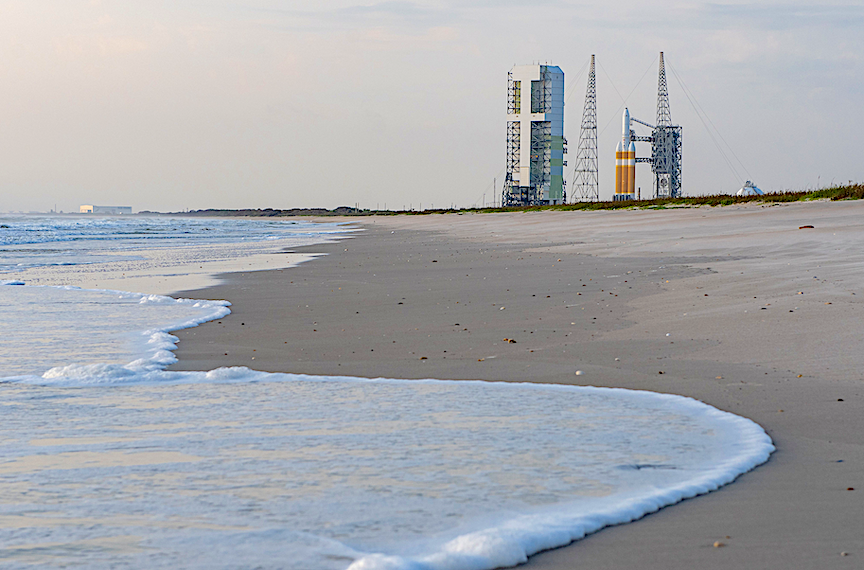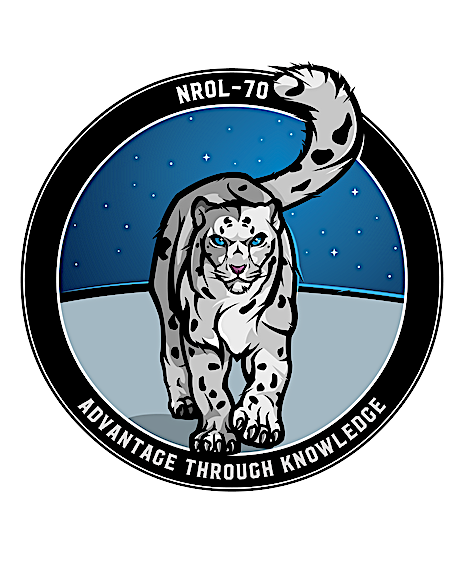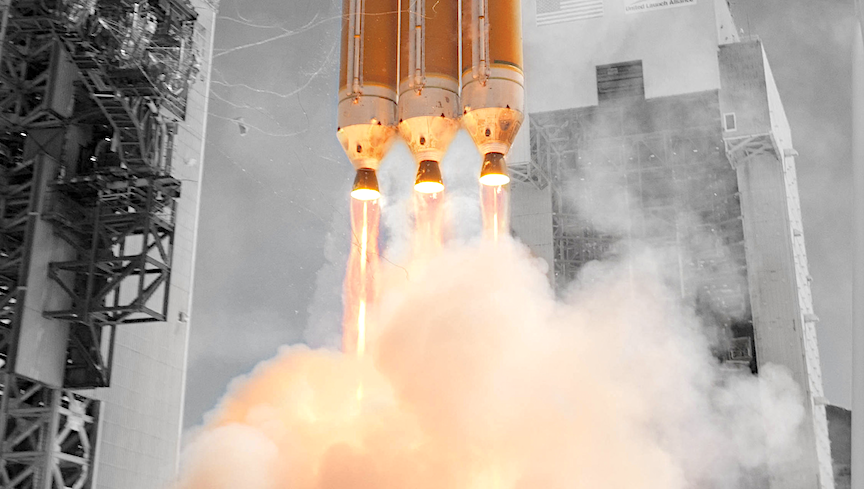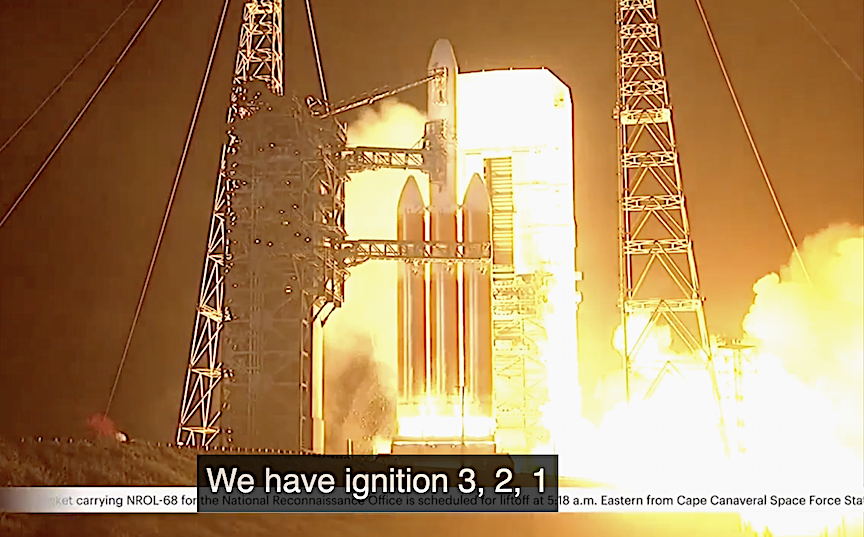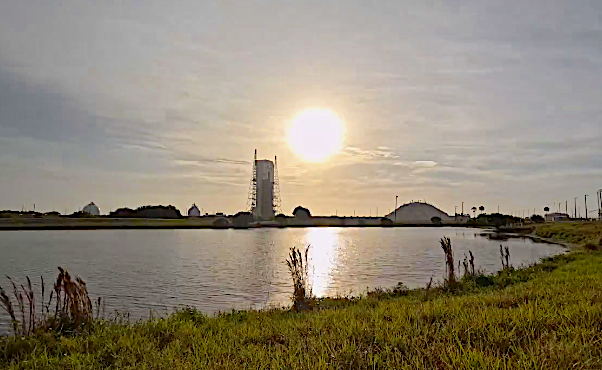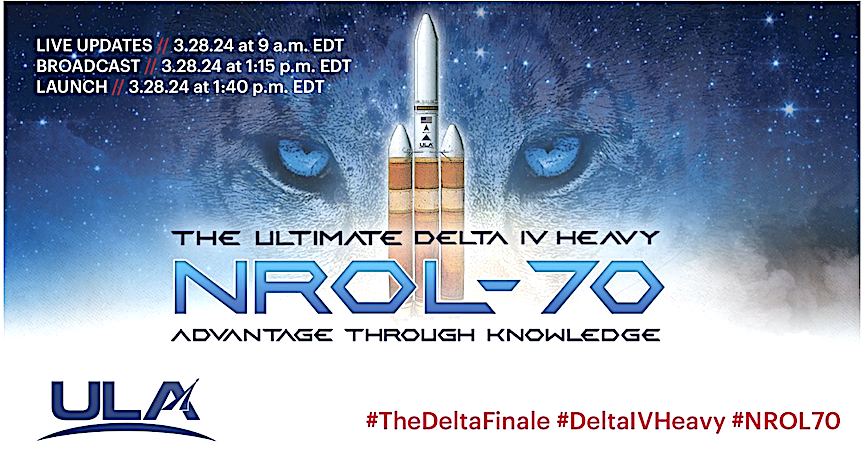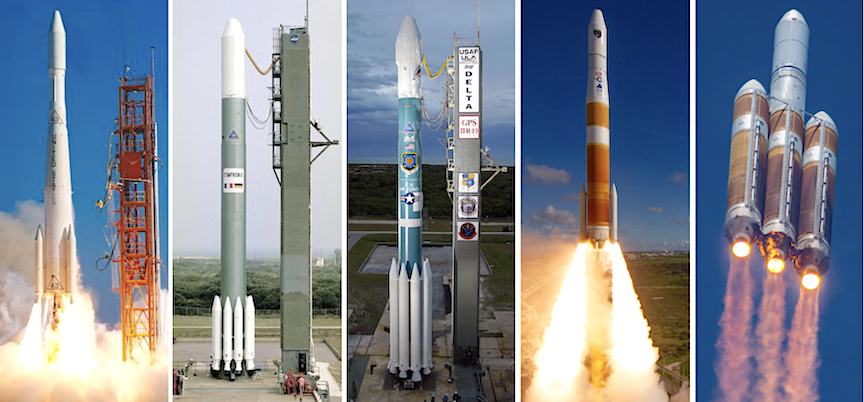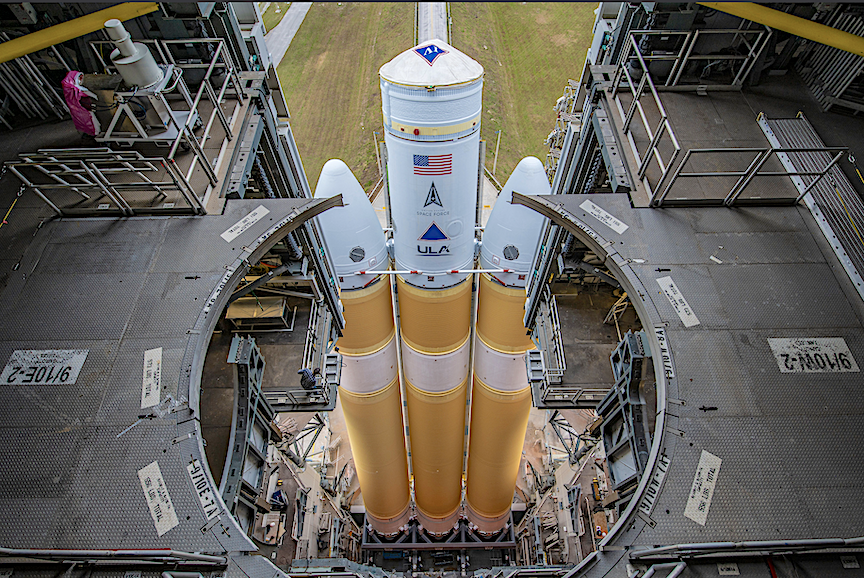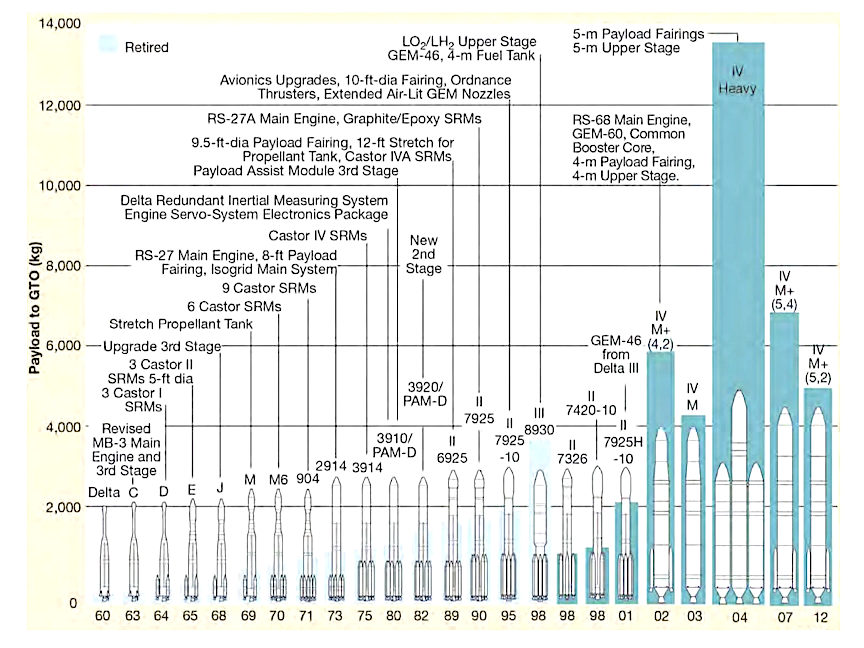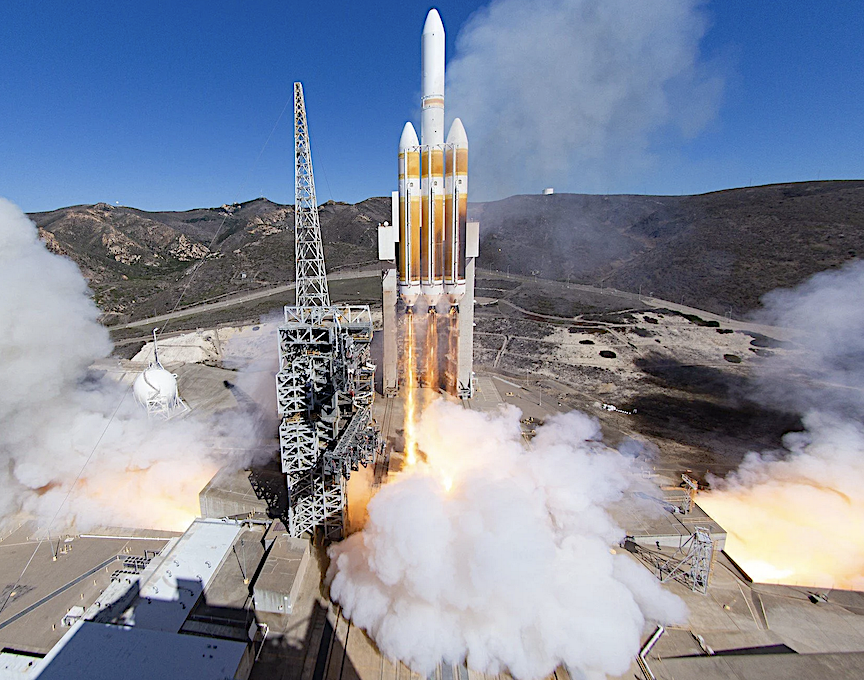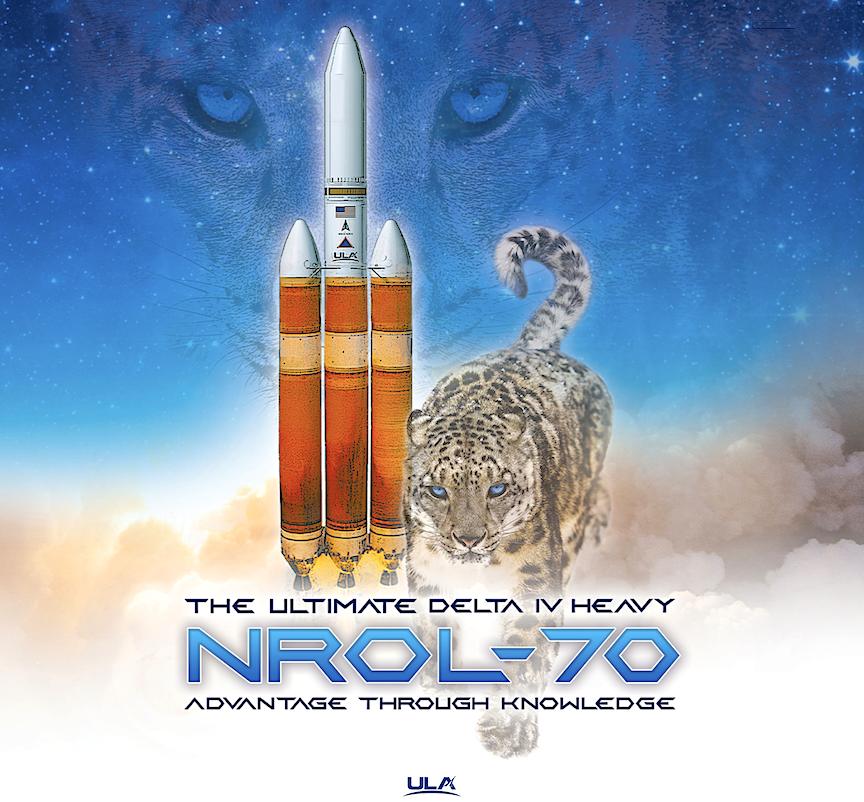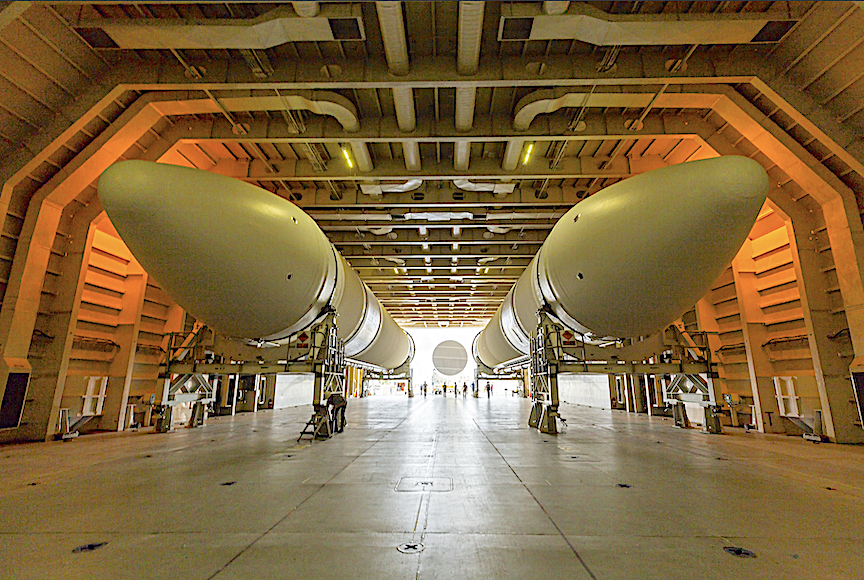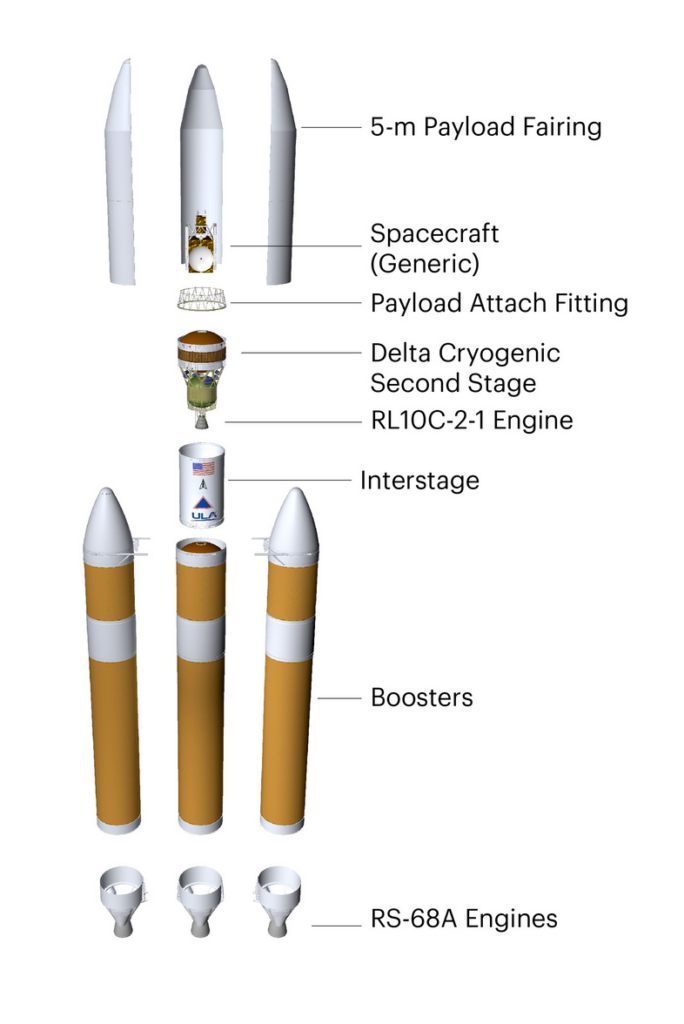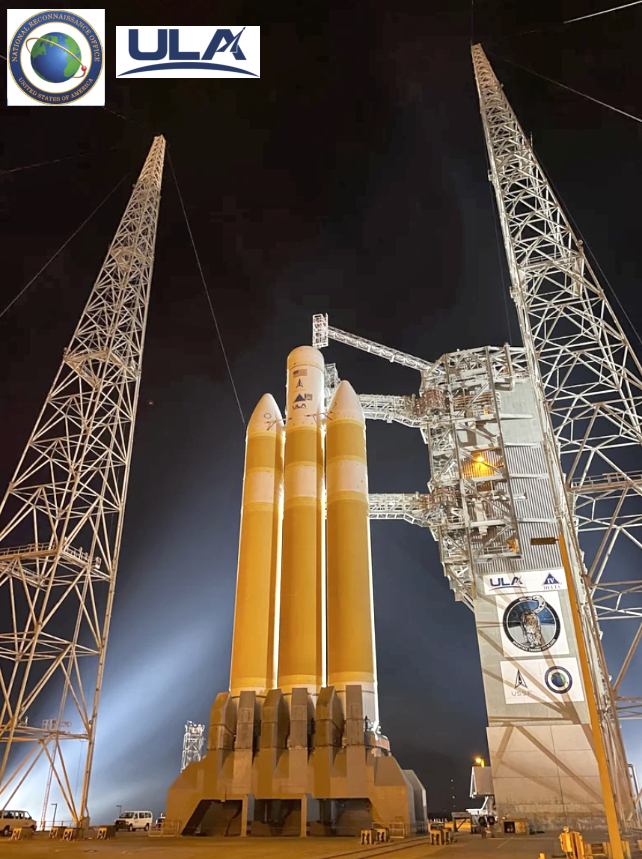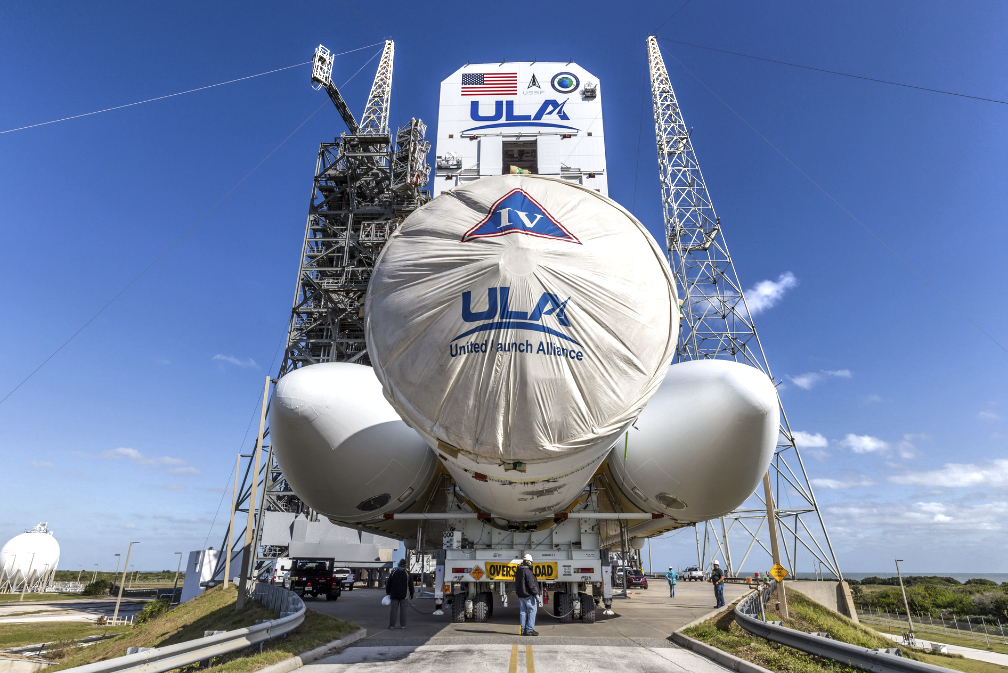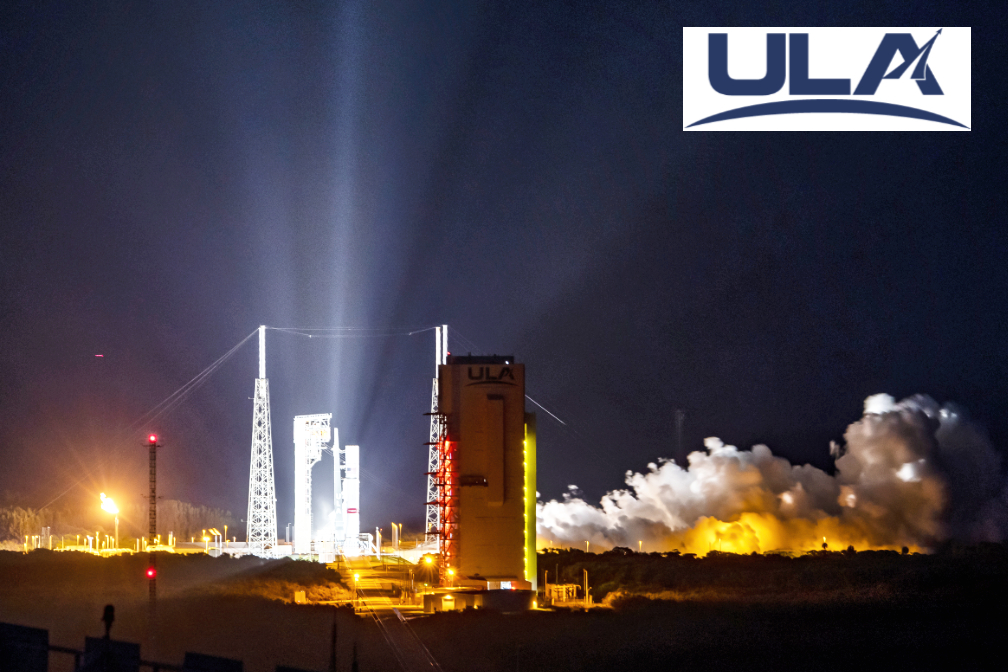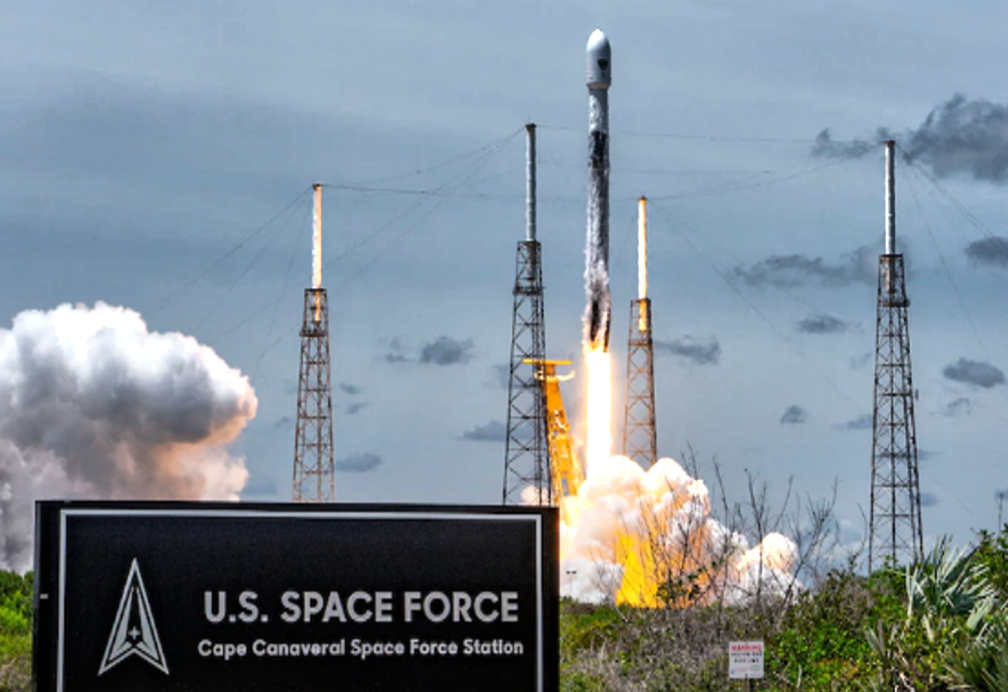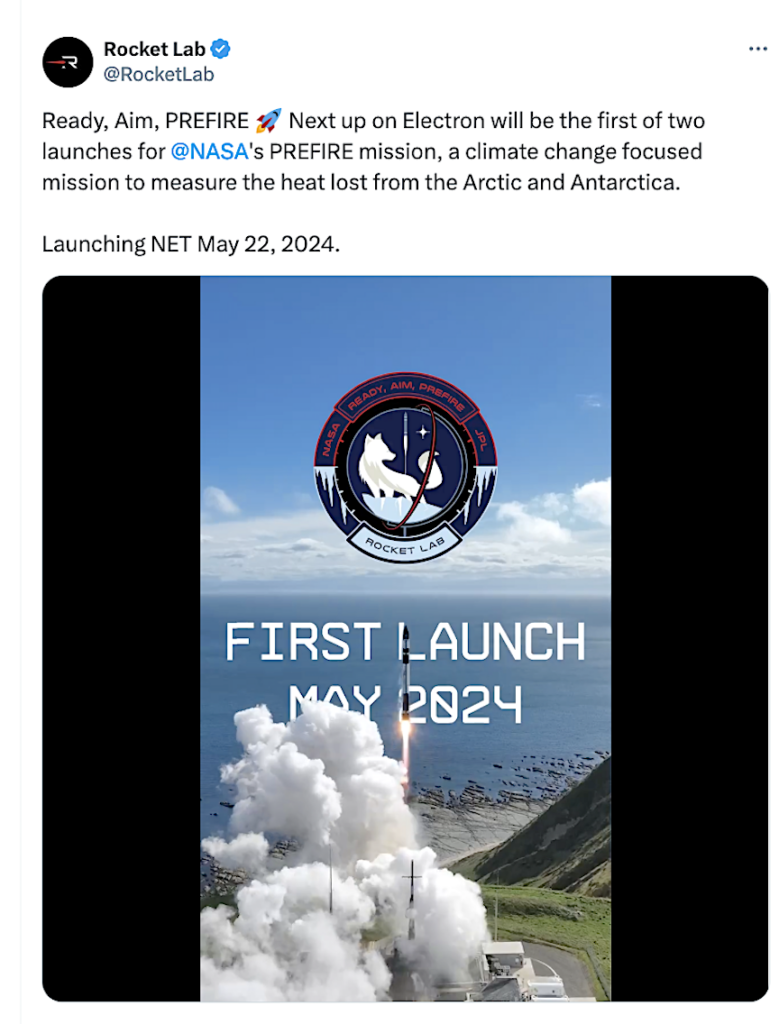
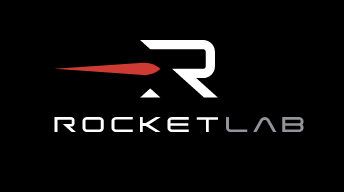
Rocket Lab USA, Inc. (Nasdaq: RKLB) global provider in launch services and space systems, announced it is preparing two back-to-back Electron launches to deploy NASA’s PREFIRE (Polar Radiant Energy in the Far-InfraRed Experiment) mission.
The two dedicated missions will each deploy one satellite to a 525km circular orbit from Rocket Lab Launch Complex 1 in Mahia, New Zealand. The first mission – named ‘Ready, Aim, PREFIRE’ – is scheduled to launch no earlier than May 22, 2024. The launch date of the second mission – named ‘PREFIRE And Ice’ – will be scheduled to take place within three weeks of the successful deployment of the first PREFIRE mission. The missions will be Rocket Lab’s 48th and 49th Electron launches overall and its sixth and seventh launches of 2024. The launch will broadcast live at www.rocketlabusa.com/live-stream
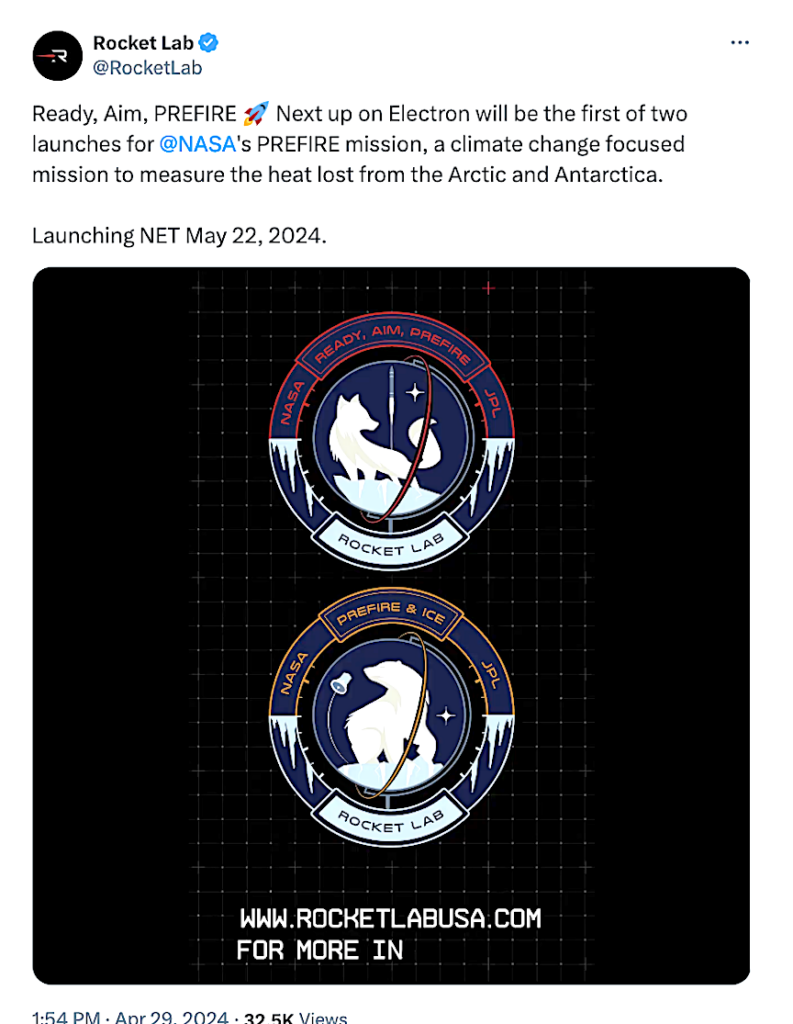
NASA’s PREFIRE mission is a climate change-focused mission that will systematically measure the heat, in the form of infrared and far-infrared wavelengths, lost from Earth’s polar regions for the first time. Extreme storms, flooding, and coastal erosion are examples of weather outcomes that are influenced by climate conditions in the Arctic and Antarctica. Once deployed to their separate orbits, the two PREFIRE satellites will criss-cross over the Arctic and Antarctica measuring thermal infrared radiation – the same type of energy emitted from a heat lamp – that will make climate models more accurate and help predict changes caused by global warming. PREFIRE consists of two 6U CubeSats with a baseline mission length of 10 months.
“Helping climate scientists better understand climate change means they need precisely located measurements of Earth’s polar heat loss, which NASA’s PREFIRE mission is setting out to achieve, and helping the PREFIRE mission achieve its science objectives means its satellites need precise and accurate deployments to their locations in space,” says Rocket Lab Founder and CEO, Peter Beck. “It’s these types of missions where Electron really thrives as the leading launch provider for dedicated small satellite missions. We have an excellent track record of delivering NASA’s payloads to exactly where they need to go and when they need to, and we’re looking forward to adding to that tally further with these next back-to-back launches.”
PREFIRE is the latest to join Rocket Lab’s list of NASA science and technology missions launched on Electron in recent years. These include the CAPSTONE mission to the Moon launched by Electron and deployed by a Rocket Lab Explorer spacecraft bus; two back-to-back Electron launches for the TROPICS mission in May 2023; the recent NASA Starling mission launched on Electron; and NASA’s ACS3 mission launched last month on a rideshare mission.
Founded in 2006, Rocket Lab is an end-to-end space company with an established track record of mission success. They deliver reliable launch services, satellite manufacture, spacecraft components, and on-orbit management solutions that make it faster, easier, and more affordable to access space. Headquartered in Long Beach, California, Rocket Lab designs and manufactures the Electron small orbital launch vehicle, the Photon satellite platform, and the Company is developing the large Neutron launch vehicle for constellation deployment. Since its first orbital launch in January 2018, Rocket Lab’s Electron launch vehicle has become the second most frequently launched U.S. rocket annually and has delivered 180+ satellites to orbit for private and public sector organizations, enabling operations in national security, scientific research, space debris mitigation, Earth observation, climate monitoring, and communications. Rocket Lab’s Photon spacecraft platform has been selected to support NASA missions to the Moon and Mars, as well as the first private commercial mission to Venus. Rocket Lab has three launch pads at two launch sites, including two launch pads at a private orbital launch site located in New Zealand and a third launch pad in Virginia. To learn more, visit www.rocketlabusa.com.








